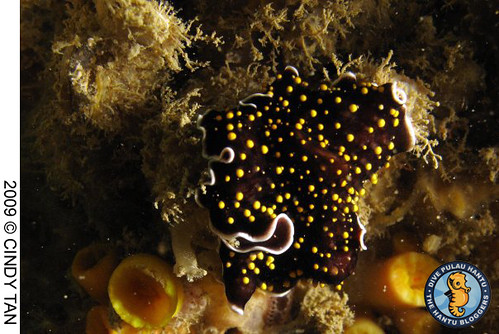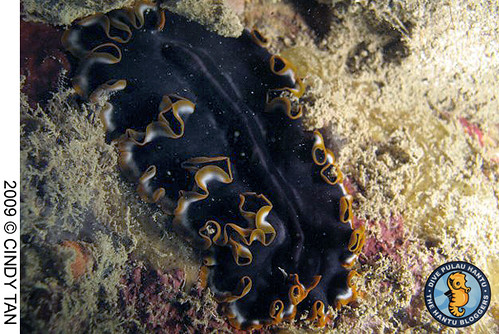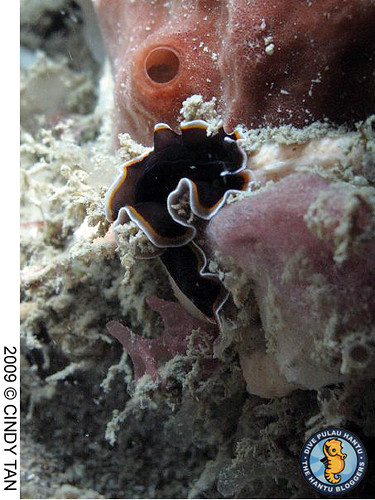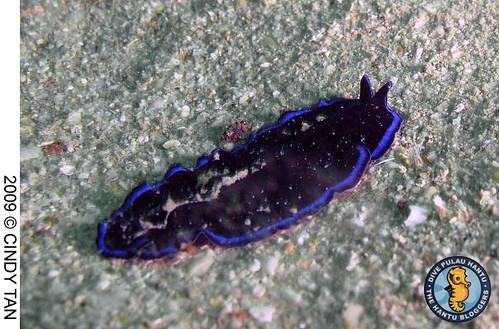Marine Flatworms – Simply, Brilliant
 January 8, 2010
January 8, 2010

They’re called flatworms, but the name does little to describe them apart from the fact that they were, well, flat! Finding a flatworm on the reef can be as exciting as spotting a brilliant nudibranch. As these pictures as testament, flatworms come in an array of colours that may include texture and intricate patterns. Flatworms are from the Phylum Platyhelminthes, and are the simplest of the worm group. It is soft-bodied, unsegmented, has no skeleton no body cavity, and no specialized Circulatory system and Respiratory system. They have a combined digestive/excretory system – taking food in and getting rid of wastes through the same opening, like sea urchins and sea cucumbers! They also have a central nervous system and a simple brain to co-ordinate their well developed muscular system.

But being flat means most can’t ‘swallow’ their prey. Instead, the pharynx (a part of the gut) is pushed out through the mouth. The pharynx engulfs the prey outside the worm’s body. Or digestive juices are injected into the prey and the resulting liquefied meal is then sucked up. Most flatworms don’t have an anus and they spit out indigestible bits through the mouth. The mouth of a flatworm is on the underside of the body, in some, towards the centre or the back end of the body. Flatworms are also very delicate and tear easily when handled. So please avoid touching them.

Flatworms are usually more active when it is dark when they busily slide about with elegant ruffles of their body edges, or even swim by undulating their thin bodies. Most are about 1cm long or less, although some ‘monster’ species 8-10cm long are also commonly seen. There are also countless minute free-living flatworms that live among sand grains.


Flatworms come in a bewildering variety of colours and patterns! Some of these colours are due to the colour of the prey they have eaten, showing through their gut. Those with bright colours that contrast with their surroundings probably serve as a warning of their distasteful nature. Flatworms can contain powerful toxins. Others have colours and patterns that blend with the background.

Some flatworms have tiny tentacles over their heads. Most of the commonly seen flatworms only have pseudotentacles on their heads, a pair of ear-like structures made out of folded edges of their bodies. I’ve always found these pseudotentacles incredibly fascinating! Even though they are not real tentacles like those of a snail.
 Posted in
Posted in 



 content rss
content rss
COMMENTS